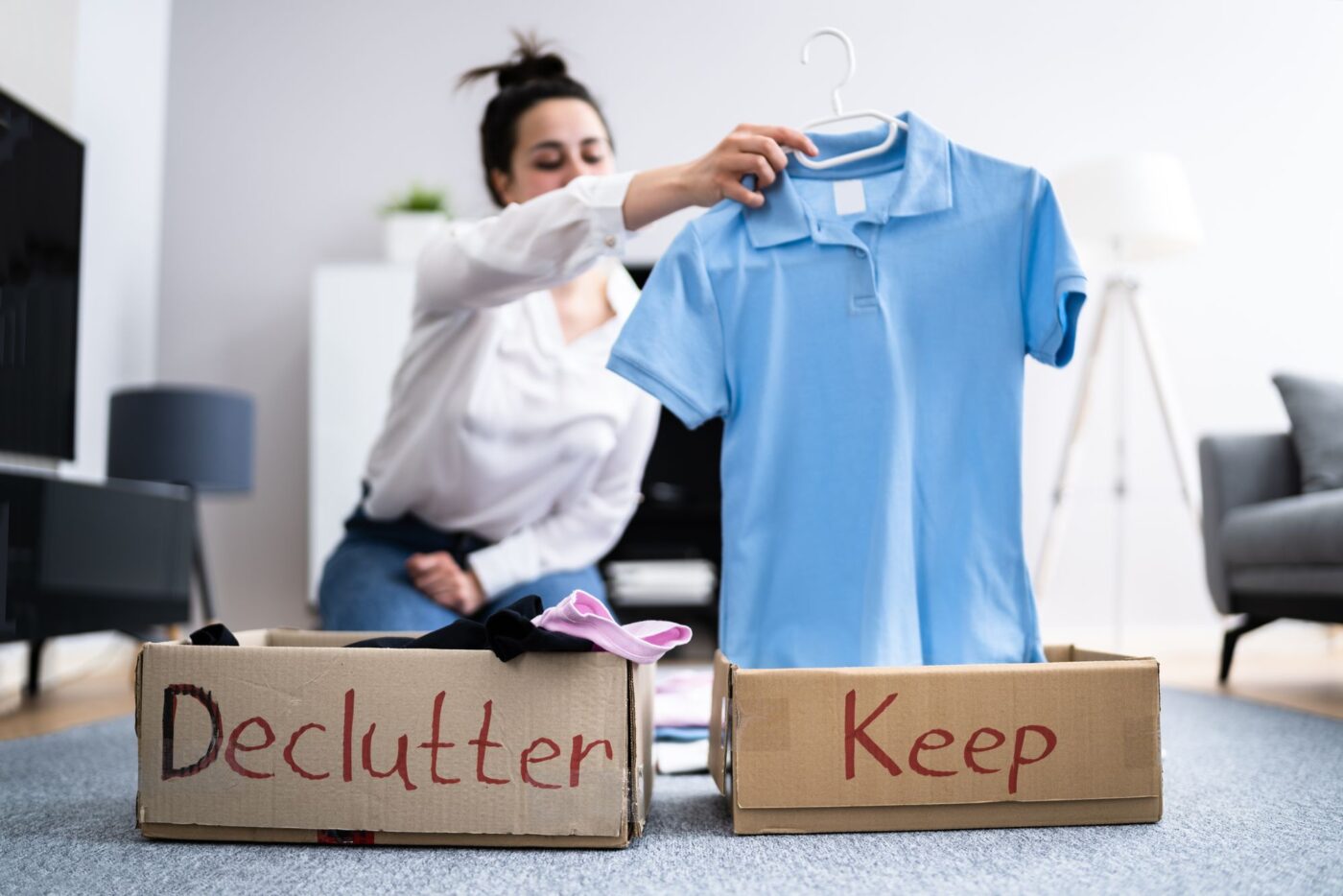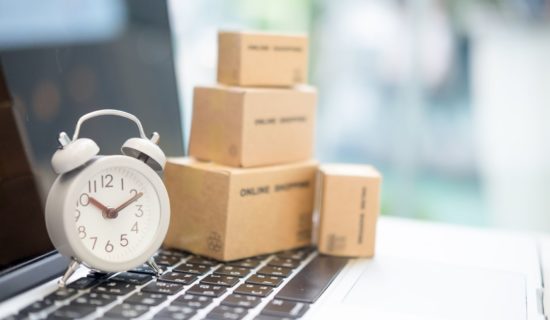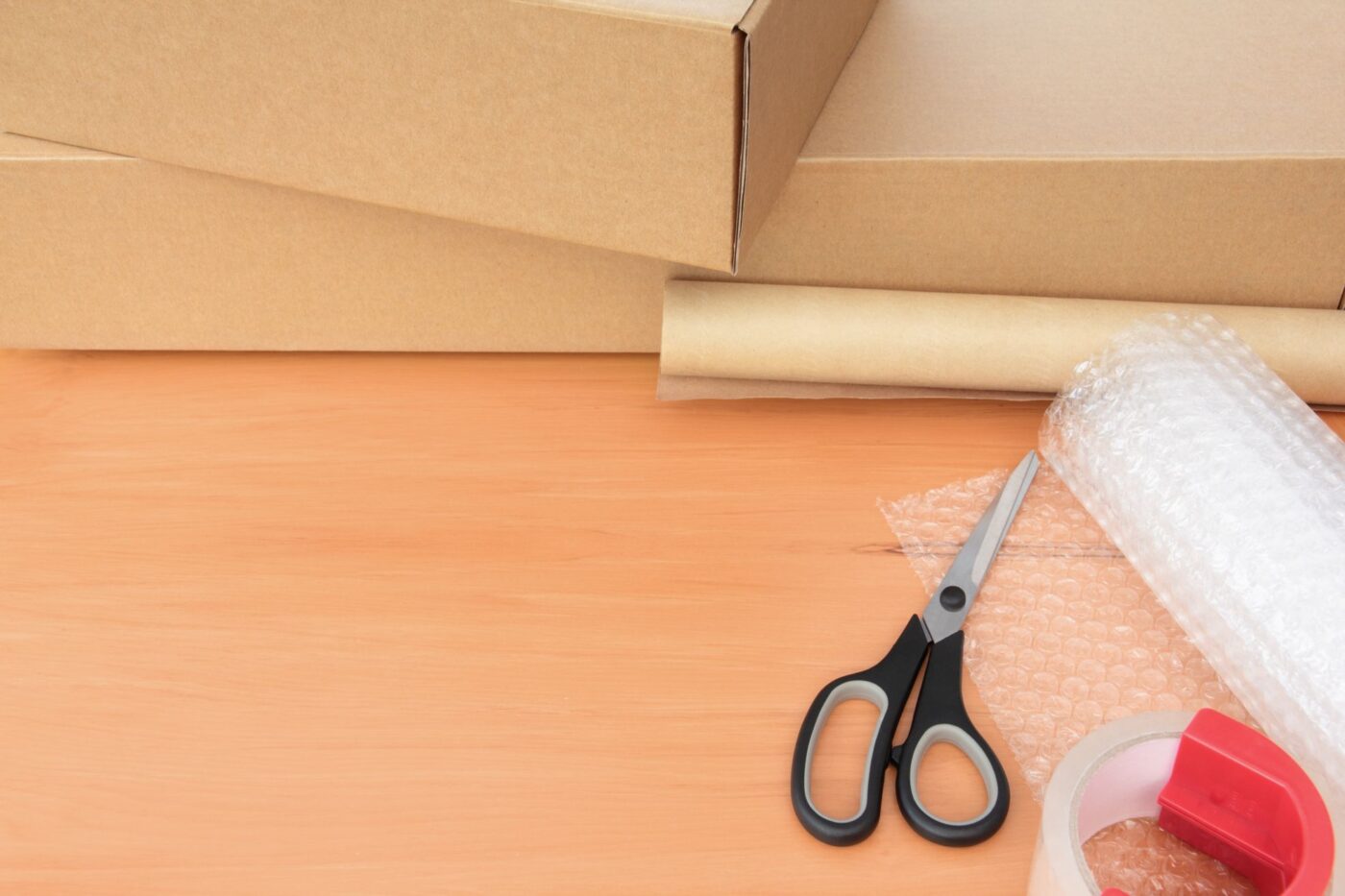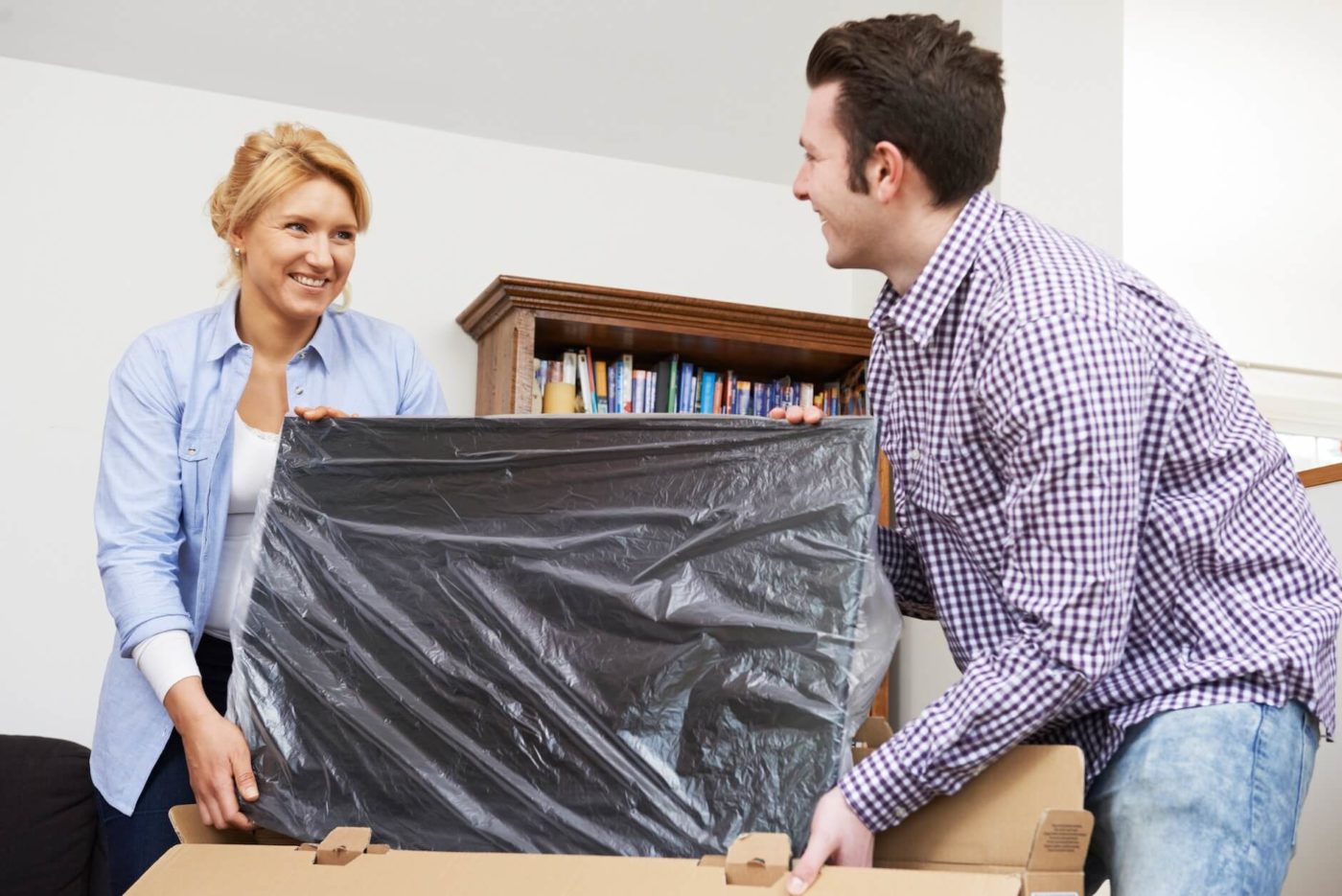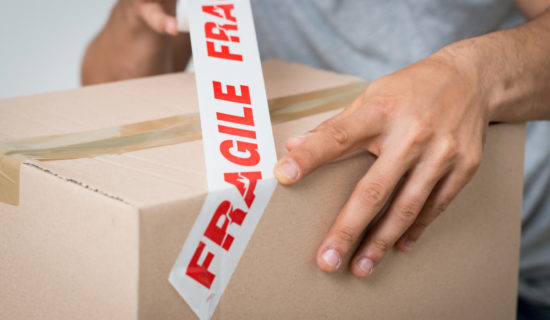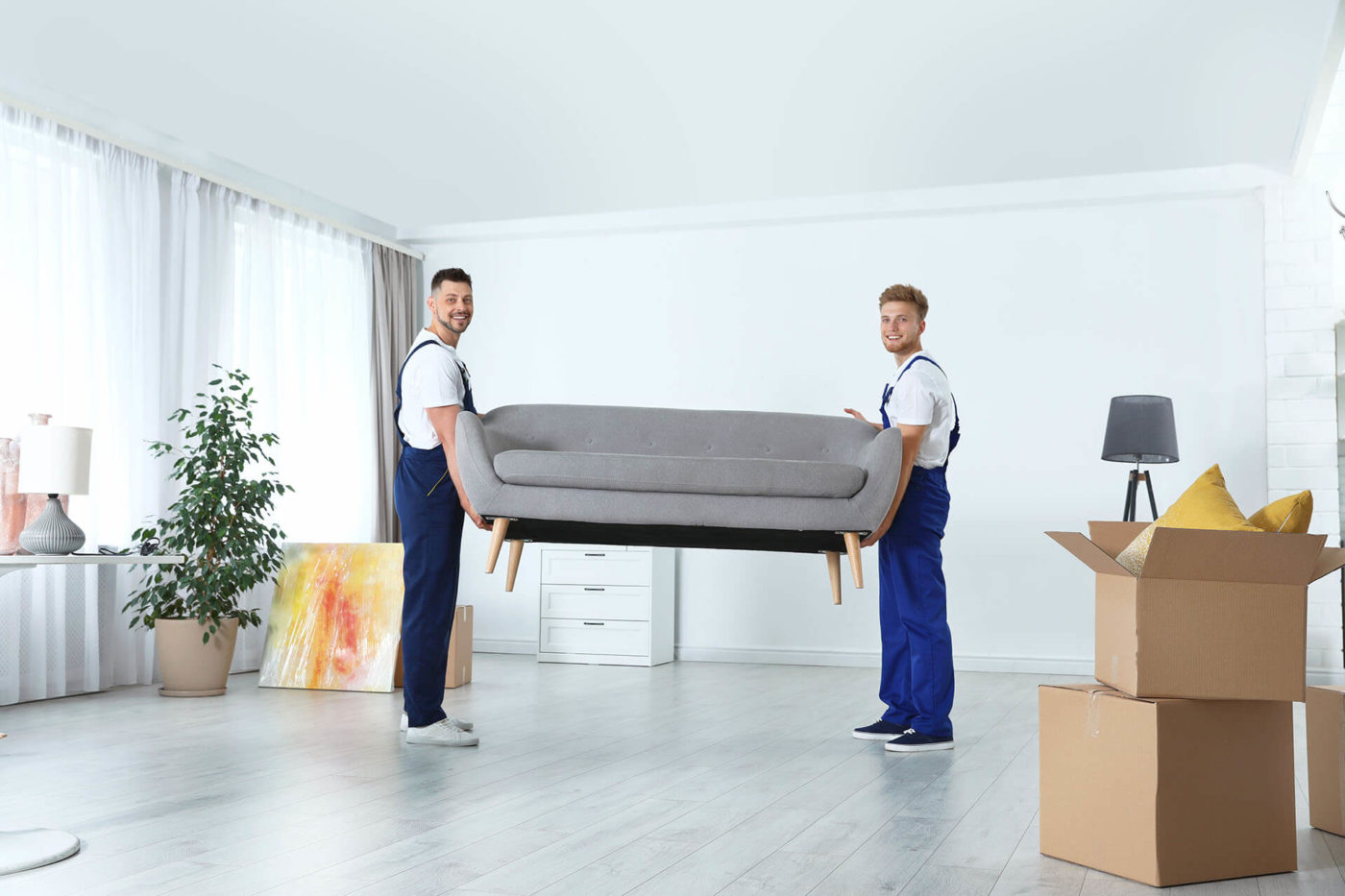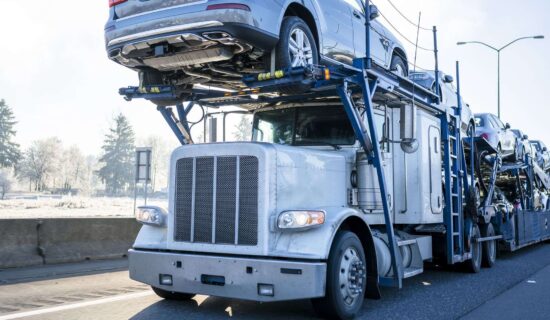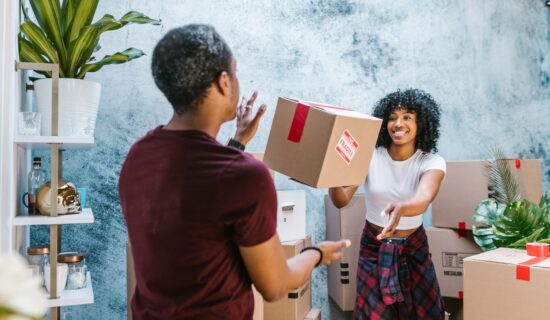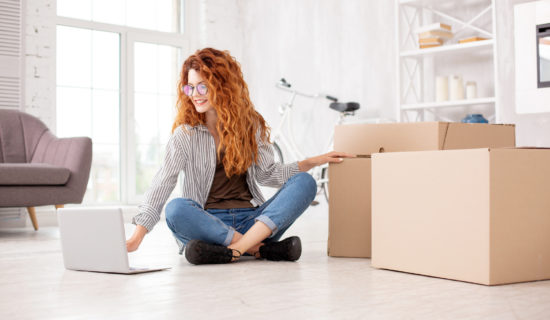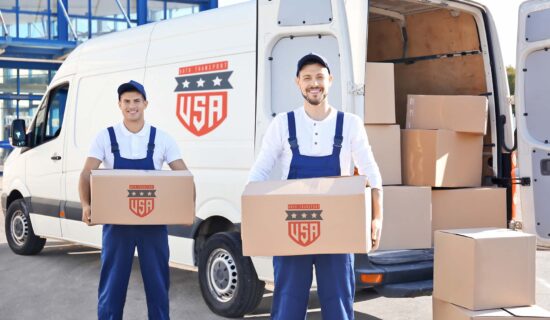Storage areas like basements, attics, and garages should be the first to be addressed. These spaces often contain items that are infrequently used. A good starting point is to pack old paintings, lamps, seasonal decorations, and equipment that won’t be needed in the immediate future.
By focusing on these areas first, valuable space is freed up for storing packed boxes and organizing supplies, streamlining the overall packaging endeavor. This strategy not only declutters major living areas but also provides a clear indication of the progress made.

